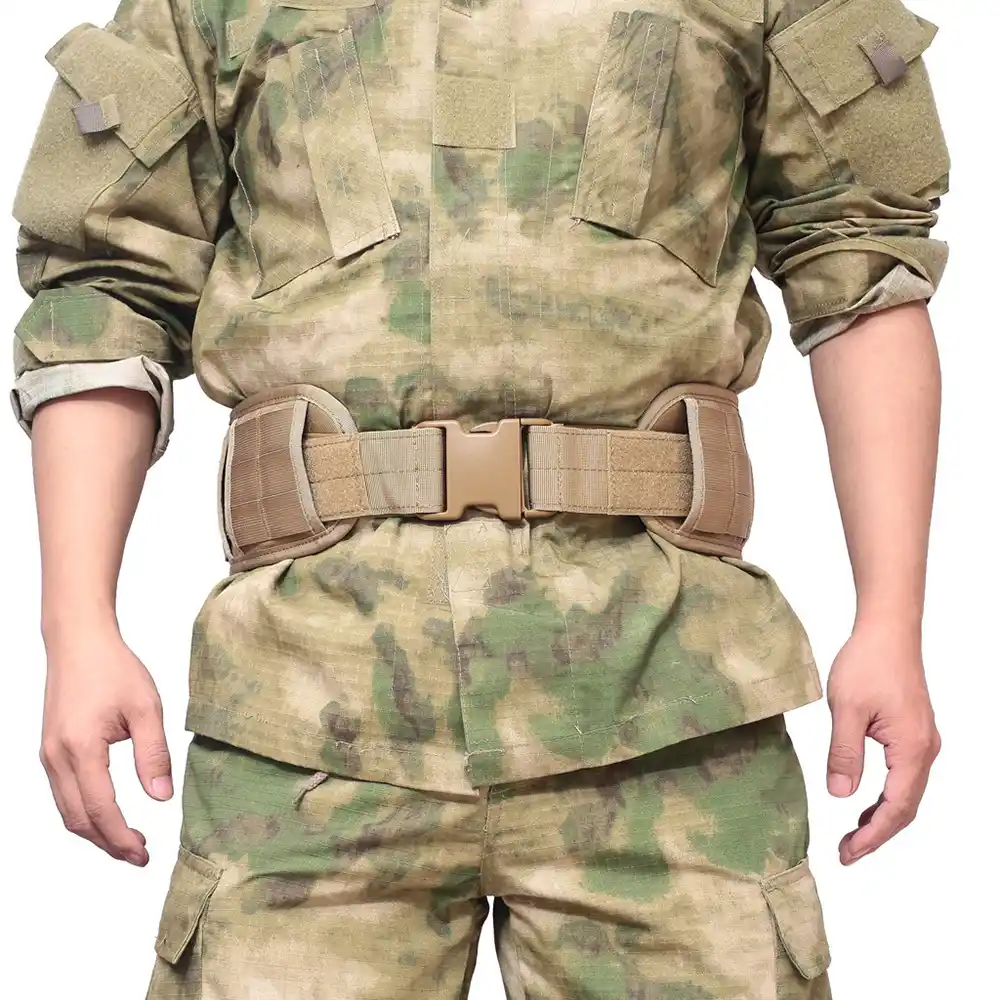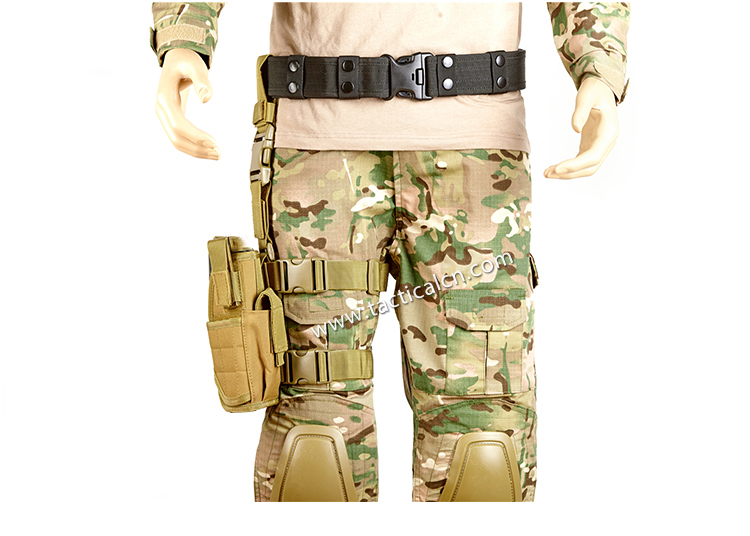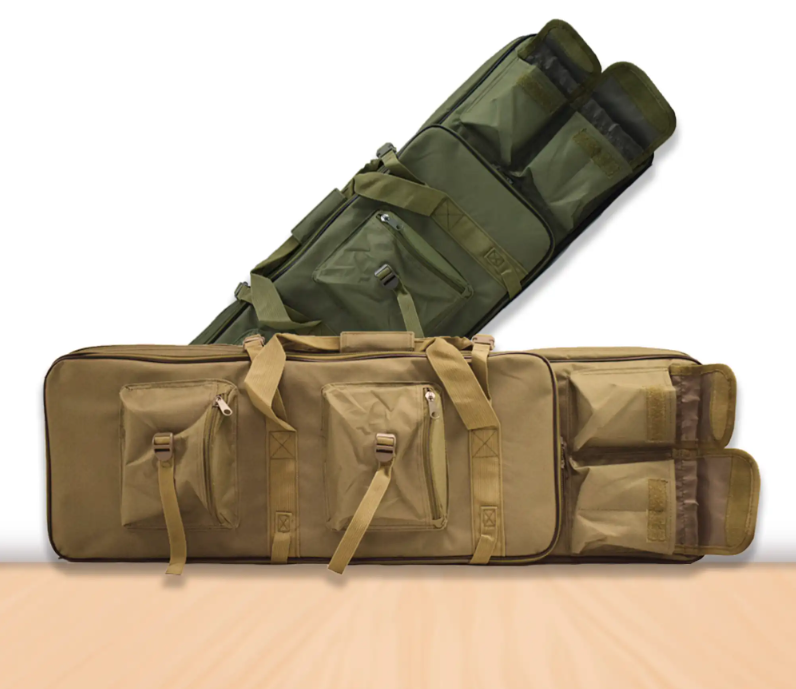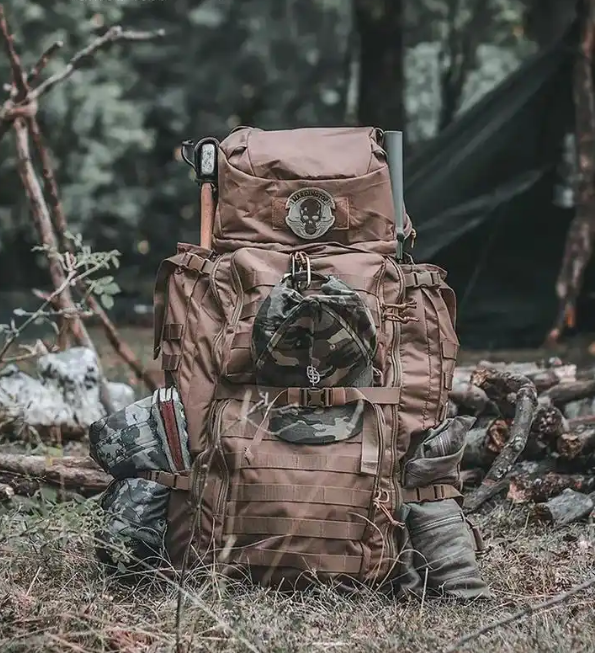1. What is Modular Tactical Equipment?
Tactical equipment belongs to physical entities. The application of modularization in tactical equipment focuses on the design of combination methods and connection systems. Tactical equipment enthusiasts should have a thinking tendency, which is to always want to separate the different functions of a piece of equipment and implement them separately by combining different modules together, rather than using integrated equipment.
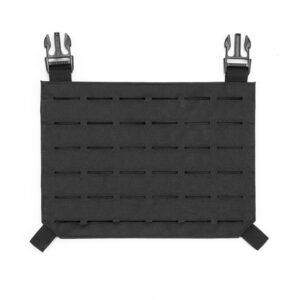
For example, winter clothing adopts a layered approach, with the outer layer being windproof, waterproof, and stain-resistant, the middle layer being a warm layer, and the inner layer being a sweat-absorbing and breathable intimate layer. The principle is a simple form of modularity that people understand. Expanding this mindset generates more ideas, such as separating a backpack’s carrying system from the backpack body.
2. Examples of Modular Systems in Tactical Gear
Sometimes, the system can be used to carry a backpack, and sometimes, it can be used for irregular objects, combined as needed. This principle appeals to niche groups interested in versatility and customization.
3. The Complexities of Physical Connections
Virtual programs are easier to design in terms of interfaces, while spatial connections of physical entities are much more complex. Single-point and single-time connections, such as stitching, rivets, and Velcro, are relatively simple. However, designing a standardized and universal connection system that meets criteria like easy disassembly, reliability, and lightweight design is much more challenging.
For example, the accessory pouches on police tactical vests often use buttons combined with Velcro, which helps improve connection accuracy and strength.
4. The Flexibility Brought by Modular Design
By adopting modular design, tactical equipment gains excellent flexibility. For different tasks, users can assemble backpacks and tactical vests with a universal connection system. After completing the task, they can disassemble and reassemble them according to needs. Fighters can also configure their gear based on personal preferences, maximizing human-machine efficiency.
5. Drawbacks of Modularity in Tactical Gear
The benefits of modularity come with downsides. The redundancy of standardized module and connection system designs can introduce extra material costs, weight, and time for disassembly. For example, an accessory pouch for a tactical vest, if integrated, would be sewn onto the main body. However, modularity requires it to be a separate piece, adding additional fabric layers and webbing, increasing overall weight and cost.
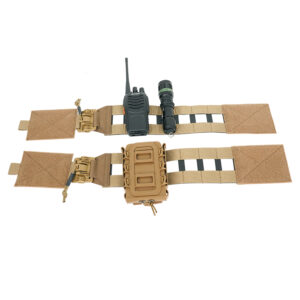
6. Practical Considerations for Applying Modular Design
The concept of modularity brings a new perspective to product design. It prompts a re-examination of existing products, encouraging decomposition and recombination. Keeping this mindset active is essential in a fast-developing world where technological breakthroughs can challenge traditional practices.
For DIY enthusiasts, modularity offers flexible functional combinations. However, connection strength may decrease, and operational complexity can increase. For example, while a suitcase is a complete unit, a modular backpack and trolley system may need disassembly for travel. However, the trolley can be folded and stored more easily, offering flexibility in different environments.
7. Choosing Between Modular and Integrated Designs
Whether to use modular design depends on the specific situation. For simple and fixed environments requiring reliability, an integrated design may still be better. However, if flexibility is needed to respond to diverse situations, modularity could be the way forward.


